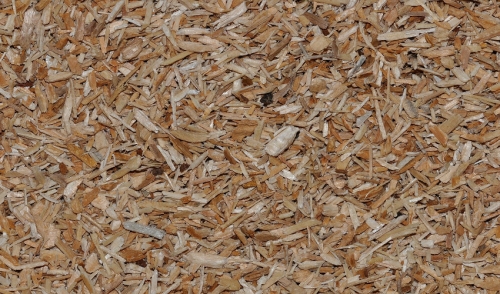Bedding is more than just a floor covering for your livestock. It provides cushioning and comfort for good rest, helps insulate against cold and drafts and absorbs moisture to keep your animals dry. But how do bedding types differ and which is best for your animals?
Choosing Bedding
There are many factors that have to be considered when choosing and purchasing livestock bedding. Before deciding on one type of bedding, think about…
- Animals – Different animals prefer different types of bedding. Also consider the number of animals that will be using the same space and same bedding.
- Flooring – The type of floor the bedding covers can affect how well it work. Wood floors and concrete floors, for example, require different types of bedding.
- Use – Will the bedding be used for day-to-day housing, or is it intended for pregnant or nursing animals? Those special uses may require different bedding.
- Comfort – Bedding provides cushioning and warmth to keep animals comfortable and encourage adequate rest. Be sure the bedding you choose will do just that.
- Cleanliness – Any bedding can adhere some to an animal's coat, but finer materials may stick more and be more difficult to clean off show animals or prize wool.
- Maintenance – Consider how easy it will be to store and move bedding, as well as how easy it will be cleaning out stalls before choosing the best bedding type.
- Cost – Different beddings have different prices depending on suppliers and regional availability. Choose the best bedding suitable for your animals that your budget can afford.
Types of Bedding
There are several popular types of bedding to choose from. Understanding their differences, including their benefits and potential problems, can help you select the best choice for your livestock.
- Straw
Straw is one of the most popular and versatile beddings, suitable for most livestock. Straw is the dry remnants of small grains, and is light to handle. It has good absorbency and is easy to compost when it has to be disposed of. If the straw has leftover seed heads, however, stock may nibble at their bedding.
Best for: Cows, goats, sheep, horses, poultry nesting boxes
- Hay
Hay is cut grasses and legumes, and is more frequently used for feed, but low-quality hay can be suitable as bedding. Hay is heavier than straw and may be more difficult to handle. It is very absorbent but will begin to decay quickly once it becomes soiled, which may mean more frequent cleanings are required.
Best for: Goats, sheep
- Wood Shavings
Wood shavings are a reasonably absorbent bedding and can provide good comfort to your animals, depending on how deep you layer the shavings. They are easy to handle for moving and cleanup, but avoid shavings from woods known to be toxic to livestock, such as cherry trees.
Best for: Horses, goats, sheep, cows, poultry
- Sawdust
Finer than wood shavings, sawdust is highly absorbent and very easy to handle and move. The finer particles may adhere to coats and create undesirable particulates, however, and can transmit bacteria more readily. This bedding clumps when it gets wet, making cleanup very easy.
Best for: Poultry, goats
- Sand
Depending on the size of the grains, sand can be ideal bedding with a high level of comfort for different animals. As an inorganic material it transmits bacteria much less than other materials, but is less absorbent than other types of bedding. Disposing of soiled sand bedding can also be a challenge.
Best for: Cows, goats
- Newspaper
Shredded newspaper is a popular, environmentally-friendly bedding option that is highly absorbent depending on the type of shredding – unshredded newspaper is far less absorbent and not suitable as livestock bedding. It is sterile, weed- and dust-free and decomposes quickly when properly composted.
Best for: Cows, goats, sheep
While certain types of bedding are better for different types of livestock, there is no single bedding type that is always best for one animal. It is best to understand the different bedding options and choose the type that is most suitable to keep your livestock healthy, clean and comfortable.






Comments